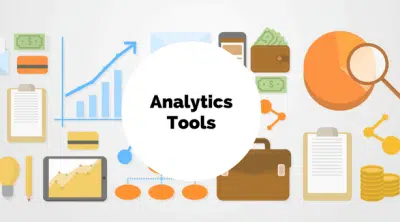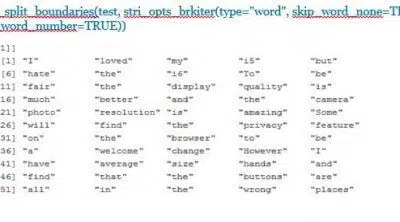Popular Microservices Tools You Must Know In 2021
Introduction
Microservices help to build small as well as complex business applications. It is an architectural style, and to build and monitor applications with it, the developer will need the right technologies and tools. These autonomous services can be built with microservices tools.
Microservice or Microservice architecture is an architectural style that helps to structure an application as a small autonomous service collection that gets modeled around any business domain. In simple words, a microservice is a small individual service that communicates with each other around one single logic of the business. In this article, we discuss some of the popular microservices tools.
List of Microservices Tools
- Operating System
- Programming Languages
- API Management and Testing tools
- Messaging tools
- Toolkits
- Architectural Frameworks
- Orchestration tools
- Monitoring tools
- Serverless Tools
1. Operating System
The most vital thing to build an application is to set its correct foundation, and this is done by the operating system. Linux is an operating system that is used to build applications. It offers a self-contained environment for execution and allows orchestrating small as well as big services, which include networking, security, and storage.
2. Programming Languages
Microservices offers a very important benefit which is that it lets different technologies and languages be used to build varied services of the same application. Thus, the developers are free to choose the technology they wish to work with to build the application. The most popular programming languages, however, are Elixir and Spring Boot.
- Spring Boot simplifies creating the Rest-based microservice, and it takes the help of the Spring Boot framework for the same. It uses just a few lines of code.
- Elixir is a programming language used for general purposes, and it runs on the Erlang virtual machine.
3. API Management and Testing tools
When the developers start to build applications making use of Microservices, then the individual services need to communicate with each other through the APIs. Every microservice has its API to communicate with the services, which give rise to API management and testing tools. It is important that the APIs that are present in the system are managed carefully and tested to offer the result desired. The microservices tools that are used for API management and testing are Postman and API Fortress.
- Postman is a suite for API development that allows running the API tests which are UI-driven.
- The API Fortress works as a health tool and an API test that automates the load testing process, functional testing, and health monitoring.
4. Messaging tools
The microservice system needs autonomous services to communicate along with each other or within themselves. This is why microservice will need the messaging queue. The tools that are used for messaging are Apache Kafka and RabbitMQ.
- Apache Kafka is a tool that was developed by LinkedIn and then came under the Apache project.
- The RabbitMQ tool makes use of patterns to communicate between the Microservices. It also helps in simultaneously scaling the applications.
5. Toolkits
A toolkit, in simple words, is just a set of tools that are used to carry out some specific process. In the architecture of microservice, the Toolkit allows the building of several applications. There are thus many kinds of Toolkits, and each one of them is used for a different purpose. The tools that you can select from Fabric8 and Seneca.
- Fabric8 is a platform as a service tool that lets the developers produce the configuration management system with the help of Git.
- Seneca is used for building microservices that are message-based and is a Node.Js toolkit.
6. Architectural Frameworks
Microservices is an architectural style which means that its architectural framework is important. These are the frameworks that are used with modern-day technologies to build the latest applications. The leading architectural frameworks are Goa and Kong.
- Goa offers a way to build the REST API and the microservice making use of Golang.
- Kong is used for the plugins that are ready to deploy and enhances the microservice deployment and development.
7. Orchestration tools
Microservices work with containers, and this makes container orchestration vital to consider. There are many microservices orchestration tools for container orchestration, but the most popular among them are Kubernetes and Istio.
8. Monitoring tools
Once the microservice application gets built, then its work must be managed. You will need monitoring microservices tools for the same. The most commonly used monitoring microservices tools are Prometheus and Log Stash.
9. Serverless Tools
These are microservice tools that optimize the method of breaking the stuff into smaller functions. The popularly used serverless tool for microservice includes Claudia and AWS Lambda.
Conclusion
The microservices tools are a collection of several tools and technologies that offer varied functionalities. The tools get used in several stages to build an application. This, in turn, lets the developer work easily. The tools are equipped with many pre-defined algorithms, functions and have a highly user-friendly GUI. There have been many tech giants and startups that are working to develop user-friendly tools for microservices. Microservice, however, is an architectural style, and thus you cannot use a single tool to control the total workflow.
If you are looking for an extensive course in Cloud Computing, then the 5.5-month online Postgraduate Certificate Program In Cloud Computing offered by Jigsaw Academy can be of help. This program helps interested learners become complete Cloud professionals.







